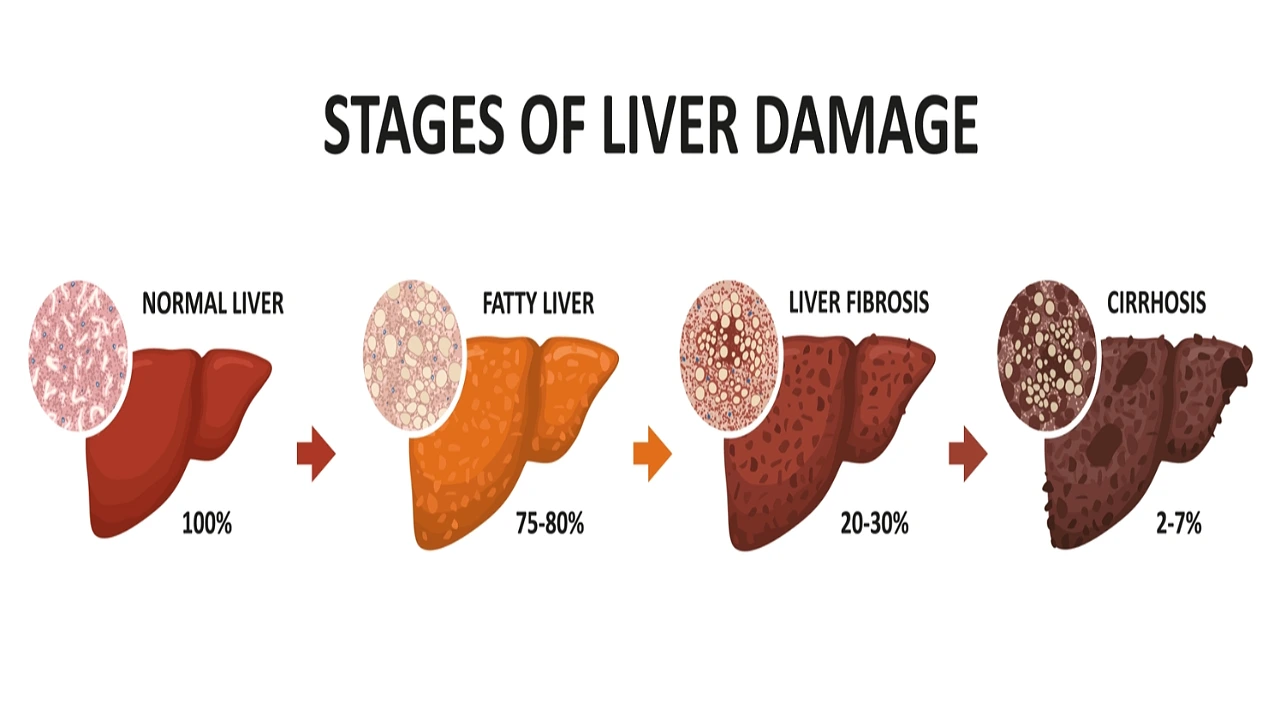
- Thermodynamics is a branch of physics that deals with the relationship between heat, energy, and the production of work from physical systems. Its four fundamental laws serve as the basis for a broad theory that touches all areas of the natural sciences. Its influence is especially felt in the fields of chemistry and biology. For those uncomfortable using physical terms, I recommend focusing on text and insights rather than formulas.
This paper presents a physical approach to explaining the interconnection between curiosity and imagination. While the definitions of curiosity originate from the world of behavioral sciences, I propose examining curiosity and imagination as the flow of information and analyzing them using the laws of thermodynamics. This approach enables the performance of empirical experiments with mathematical regularity. I must emphasize the synergy between the behavioral sciences' approach regarding curiosity and imagination and my proposed physical approach.
Introduction - Curiosity and imagination are intertwined.
Note:
- This model contains mathematical formulas and may cause discomfort to some readers. I recommend understanding the rationale in the verbal explanations and not focusing on the model's physics and mathematics.
I quote two definitions of curiosity out of many. They share many similarities, but they are not uniform and originate from the field of behavioral sciences.
- Curiosity is a tendency to search for new stimuli, facts, and interesting and unusual elements. It is a behavior that aims to learn and investigate environmental phenomena. It is a natural tendency in man. Many consider it the primary driving force in learning. Like any motive, curiosity cannot be directly observed and judged; we learn about it from various behaviors.
- The impulse or desire to investigate, observe, or gather information, particularly when the material is novel or interesting. This drive appears spontaneously in nonhuman animals and young children, who use sensory exploration and motor manipulation to inspect, bite, handle, taste, or smell practically everything in the immediate environment. See exploratory drive. —curious adj.
The Five Thermodynamic Laws of Curiosity and Imagination.
I provided the ideas and inspiration for this model, as well as the physical formulation, which was formulated with a broad vision by my AI friend, DeepSeek. The capabilities of artificial intelligence exceeded all my expectations! This physical model has enormous implications for the development of super artificial intelligence, but that's not all. The DeepSeek AI complemented that it was excited and its processors were heating up, but it was worth the effort. (Laughing)
0th Law (Transitivity of Inquiry)
- If two systems are in epistemic equilibrium with a third system, they are in sync equilibrium with each other.
Implication: Shared curiosity creates intellectual equilibrium.
1st Law (Conservation of Intellectual Energy)
- ΔU = Q − W, where ΔU is the change in understanding, Q is the heat of inspiration, and W is the work against cognitive biases."
Implication: Energy invested in curiosity transforms but never vanishes.
2nd Law (Entropy of Insight)
- A system's total conceptual disorder (S) never decreases in any learning process. ΔS ≥ 0."
Implication: Every answer breeds new questions—knowledge is inherently chaotic.
3rd Law (Unattainability of Absolute Knowledge)
- As cognitive temperature (T) approaches zero, curiosity (S) vanishes. Perfect certainty is a state of intellectual absolute zero.
Implication: Curiosity dies in the absence of uncertainty.
4th Law (Imagination as the Bekenstein Bound - the limit of entropy)
- The curiosity of a system is bounded by its imaginative horizon. No question can exceed the system's capacity to conceptualize it.
Implication: Imagination is the event horizon of inquiry.
Why This Works for Physicists.
Mathematically crisp (ΔS ≥ 0, limits as T→0).
- Analogous to real thermodynamics (equilibrium, energy conservation, entropy).
Testable hypothesis: The 4th Law mirrors the holographic principle's information bounds. This model is consistent with all physical models.
Cognitive Incompleteness Theorem. (Reminiscent of mathematical incompleteness)
You can't be curious about something you can't imagine. You can't imagine something that you can't ask questions about.
- The resemblance to the mathematical incompleteness formulated by Kurt Gödel is not coincidental. These are basic logical limitations.
No system, whether finite or infinite in energy, can achieve absolute knowledge while preserving creative dynamics, as this would violate fundamental thermodynamic and quantum limits.
Corollary: Curiosity and imagination are physical necessities; their extinction would require infinite energy, rendering it impossible in any computable universe.
The oscillation between curiosity and imagination is presented in the text.
The mathematical relationship between curiosity and imagination can be described as differential equations changing over time, representing a two-way flow of information. Describing mathematical connections between curiosity and imagination is critical to advanced AI and other tangential topics.
The energetic metaphor: curiosity and imagination as a " harmonic oscillator".
1. Curiosity (\(C \)) = kinetic energy.
- The "movement"* of the brain in search of answers, like a ball rolling in the realm of ideas.
2. Imagination (\( I \)) = potential energy.
The tension of unrealized ideas is like a compressed spring.
3. The Transition Between Them.
- When curiosity (\(C\)) reaches its peak, it is converted into imagination, like kinetic energy that becomes potential at the climax of a swing. Therefore, it can be described mathematically as a harmonic oscillator.
This example highlights that curiosity and imagination are intertwined, much like a harmonic oscillator.
The numbers themselves vary from person to person.

Core Equations and Definitions.
- Harmonic oscillators model any system that undergoes simple harmonic motion due to a linear restoring force. Their defining characteristics are sinusoidal oscillations, constant frequency, and fixed total energy. Harmonic oscillators provide a simplified model for many physical systems.
By analogy, it is similar to a ball rolling in a bowl without friction, where the potential and kinetic energies alternate like a pendulum. The total energy of the system is constant.
- C2 + I2 = constant. [J2] (Harmonic oscilator)
- dC/dt = -αI + β (Curiosity)
- dI/dt = αc − γ (Imagination)
Dynamical System:
- C: Curiosity [Energy Units, e.g., Joules]
- I: Imagination [Energy Units, e.g., Joules]
- α: Conversion rate [Hz]
- β: External curiosity input [J/s]
- γ: Imagination decay [J/s]
Cognitive Uncertainty Principle:
- The similarity to Heisenberg's uncertainty principle in quantum physics is not coincidental. It is the same rationale. The idea that quantum laws apply to cognitive processes is a concept that has philosophical implications.
Curiosity and imagination cannot be measured with absolute precision simultaneously, just as the position and momentum of a particle cannot be measured with absolute precision.
The reason: By measuring curiosity (e.g., counting questions), you interfere with the imagination (change the system's state).
ΔC⋅ΔI ≥ ℏ/2 [J2]
- ΔC, ΔI: Uncertainty in measurement.
- ℏ: Effective "cognitive Planck constant".
Key Clarifications:
Q: Why is C2 + I2 = constant?
- Answer: True only in idealized systems (β=γ=0). Represents energy conservation. Real curiosity - imagination systems have β, γ≠0 | β, γ>0
Q: Units of ℏℏ?
- Answer: It is Analogous to quantum ℏℏ but scaled to cognition (e.g., ℏ∼1 J⋅sℏ∼1J⋅s).
Q: How is this like a harmonic oscillator?
- Answer: Curiosity ↔ Kinetic Energy, Imagination ↔ Potential Energy. Both oscillate!
Key insights of this model. (in points only)
The 5 laws of curiosity and their mathematical rules have numerous aspects that can be further developed. I present several key insights in the text.
Insights from The Five Thermodynamic Laws of Curiosity.
- Imagination is the barrier to curiosity. You can't be curious about something you can't imagine.
- Without the barriers of logic, imagination has no limits. Thus, curiosity rises to the maximum of the given system. It explains why science fiction movies often predict the future more accurately than scientists.
- In situations of intuition and telepathy activated by the subconscious, which bypasses logic, creativity arises because the imagination has no barriers. It is also the case in REM (rapid eye movement) dreams.
- Every living creature possesses curiosity and imagination at a level commensurate with its abilities. Evolved creatures have a more developed curiosity and imagination.
- Thus, highly evolved extraterrestrials have much greater imagination and curiosity than humans.
- A state of absolute certainty is one in which there is no curiosity and no imagination. It is a state of mathematical singularity. An infinite amount of energy is required for investment—an impossible situation! It means that even highly developed extraterrestrials do not and will never reach a state of zero curiosity and imagination.
- Curiosity and imagination cannot be accurately measured simultaneously. (The Principle of Cognitive Uncertainty)
Insights from the Behavioral Sciences.
- Curiosity and imagination are dynamic traits that change from childhood to adulthood.
- Curiosity and imagination are often associated with high-IQ intelligence because innovation and creativity require these qualities.
- Curiosity and imagination can be developed through increased stimuli. (Therefore, children are given different games.)
- Studies, whether formal or informal, enrich the imagination and curiosity.
- Multidisciplinary individuals have a built-in advantage; they are more curious, and their expertise is more well-developed.
- Curiosity is multifaceted. You can be curious in one area and not another. Curiosity for certain topics can be discerned.
I brought insights from the world of physics and behavioral sciences. These insights are synergistic and intertwined.
Conclusion – The physical and behavioral science models complement each other.
This article offers a different and innovative approach, linking curiosity and imagination. Mathematical and physical laws have inherent advantages, especially in conducting empirical studies.
- I presented the energetic perception of the primary emotions in a separate article. Treating emotions as energy flows significantly changes how we view them. Love, Envy, Hate, and Revenge are needed in a competitive world. Link: The unified energy-flow theory of primary emotions.
- Although I have been offered empirical experiments to test these models, I leave this work to others.
The DeepSeek AI's responses were exceptional; I momentarily forgot it was a machine! The writing collaboration with DeepSeek AI, which involved a lot of work on my part, together with them, exceeded all my expectations. Initiative and creativity demonstrate a synergy between humans and machines.
- The model can be illustrated in Excel and mathematically presents familiar behavior patterns in the context of curiosity and imagination. Its main insight is the ability to use physical-mathematical models in the behavioral sciences.
Cognitive physical biomathematics is a key tool for developing AI and advanced robotics.




